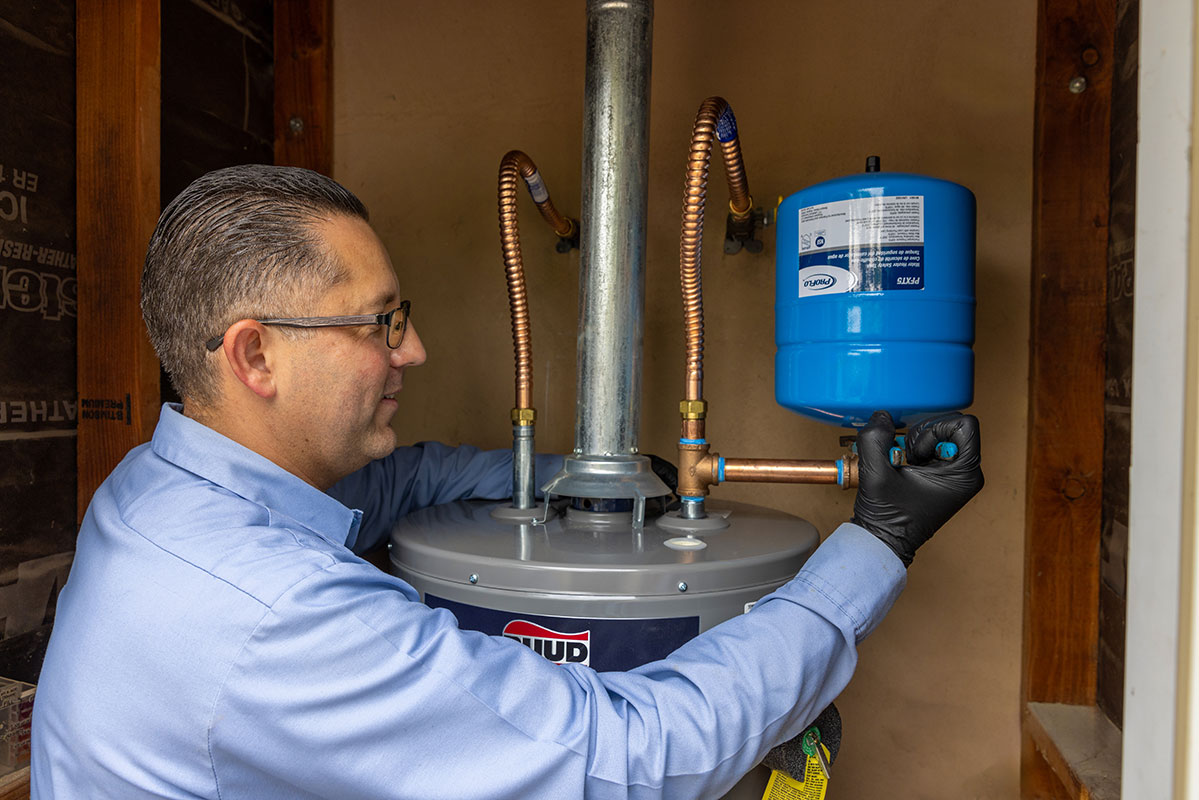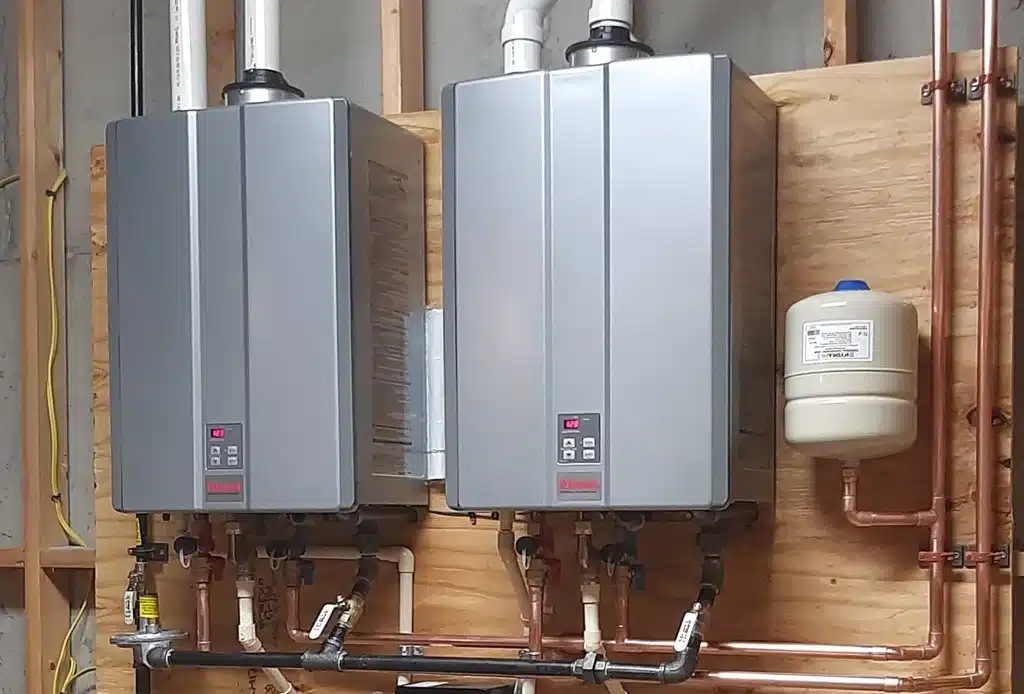Fast and Reliable Pipe Repair to Resolve Leaks and Return Functionality
Fast and Reliable Pipe Repair to Resolve Leaks and Return Functionality
Blog Article
Complete Guide to Water HeaterSetup and Replacement
Recognizing the complexities of water heating system installation and replacement is crucial for house owners looking for to guarantee effectiveness and integrity in their hot water supply. From choosing the appropriate type and size to performing a seamless installment procedure, several aspects have to be considered to avoid common mistakes.
Types of Water Heating Units
When taking into consideration water heating system installation and substitute, it is vital to comprehend the numerous kinds of hot water heater readily available out there. The most common types consist of tank hot water heater, tankless hot water heater, heatpump water heaters, and solar hot water heater.
Tank water heating systems are traditional systems that store a details quantity of hot water, making them conveniently available when needed. In contrast, tankless water heating units supply warm water on demand, removing the requirement for storage.
Warm pump water heating systems utilize electricity to transfer warm from the air or ground to warm water, offering significant power cost savings however needing even more area and specific installment problems. Last but not least, solar water heating units harness solar energy to warmth water, providing an eco-friendly alternative with possible long-term price savings, although they usually call for a backup system for cloudy days.
Comprehending these alternatives guarantees notified decisions relating to installment and substitute, catering to particular needs and choices.
Picking the Right Dimension
Choosing the appropriate size for a water heating unit is vital to guarantee optimum efficiency and performance. An unit that is as well small will battle to fulfill home needs, resulting in irregular warm water accessibility and raised energy usage. Conversely, a large water heating unit can lead to unneeded energy waste and greater energy bills.
To identify the best size, think about the home's optimal warm water use. This can be computed based on the variety of occupants and their typical hot water requirements. For instance, a family members of 4 may need a hot water heater with a capability of 50 to 80 gallons, depending on the use patterns, such as synchronised showers and washing.
In addition, analyze the recovery rate, which gauges exactly how rapidly a heating system can replenish hot water after it has been utilized. For tankless models, emphasis on the flow price, gauged in gallons per minute (GPM), to guarantee it fulfills the household's simultaneous need.

Installment Refine Review

Following, the old system has to be separated and gotten rid of, making sure to adhere to neighborhood codes and laws concerning disposal. When the old unit is out, the brand-new water heating system can be placed in location. This step includes connecting the supply of water lines, guaranteeing that all fittings are leak-free and safe.
After establishing water connections, it's necessary to attach the power supply, whether electric or gas, adhering to the manufacturer's instructions diligently. Once all connections are made, the system needs to be filled with water, and the power can be turned back on. Finally, it's vital to check for leaks and make certain the water heater is working appropriately More Info prior to completing the setup procedure.
Typical Setup Blunders

An additional frequent error is disregarding to comply with neighborhood codes and regulations. Stopping working to stick to these requirements can not just lead to security hazards however might also lead to costly fines or the requirement for pricey reinstallation. Additionally, incorrect airing vent is an important concern. Inadequate ventilation can cause unsafe gas accumulation, posturing significant health and wellness risks.
Incorrect plumbing connections are also a prevalent mistake. Failing to secure connections or using the wrong type of fittings can result in leaks and water damage. Forgeting the relevance of a correct drain pan can result in significant water damages if leakages do happen. Finally, insufficient insulation click over here now of pipes can lead to heat loss, reducing performance. By preventing these typical installation blunders, homeowners can ensure their water heater runs securely and effectively, making the most of performance and long life.
Upkeep Tips for Longevity
Appropriate upkeep of a water heater is vital for its long life and optimal performance. Normal examinations and maintenance can prevent expensive repairs and prolong the appliance's life expectancy. Begin by examining the temperature setup; it should commonly be set in between 120 ° F and 140 ° F for optimal energy performance and safety.
Every six months, flush the storage tank to get rid of sediment accumulation, which can harm heating effectiveness and create corrosion. To do this, switch off the heating system, connect a pipe to the drainpipe valve, and let the water run till it is clear.
When they are worn away,Anode poles should be examined every year and changed. These rods help stop container corrosion by drawing in destructive components in the water.
In addition, check the pressure alleviation shutoff on a regular basis to guarantee it is functioning correctly. This valve is crucial for preventing extreme stress buildup within the tank.
Finally, think about setting up a professional upkeep check every couple of years for detailed inspections and servicing. By sticking to these maintenance ideas, home owners can substantially boost the effectiveness, security, and life-span of their hot water heater, ensuring reputable warm water for years to find.
Final Thought
In final thought, proper installation and upkeep of water heaters are critical for ensuring efficiency and long life. By comprehending these important aspects, house owners can attain a reputable hot water supply while minimizing prospective problems connected to helpful site water heating system procedure.
Comprehending the complexities of water heater installation and replacement is crucial for homeowners looking for to guarantee performance and reliability in their hot water supply.Storage tank water heating systems are typical systems that save a details quantity of warm water, making them readily available when needed. In contrast, tankless water heating units supply hot water on demand, eliminating the demand for storage space. Picking a water heating unit that is either also small or also huge can lead to ineffectiveness, resulting in poor hot water supply or extreme energy consumption.
By recognizing these crucial aspects, house owners can attain a trustworthy warm water supply while decreasing potential issues related to water heating system procedure. plumber Denton.
Report this page